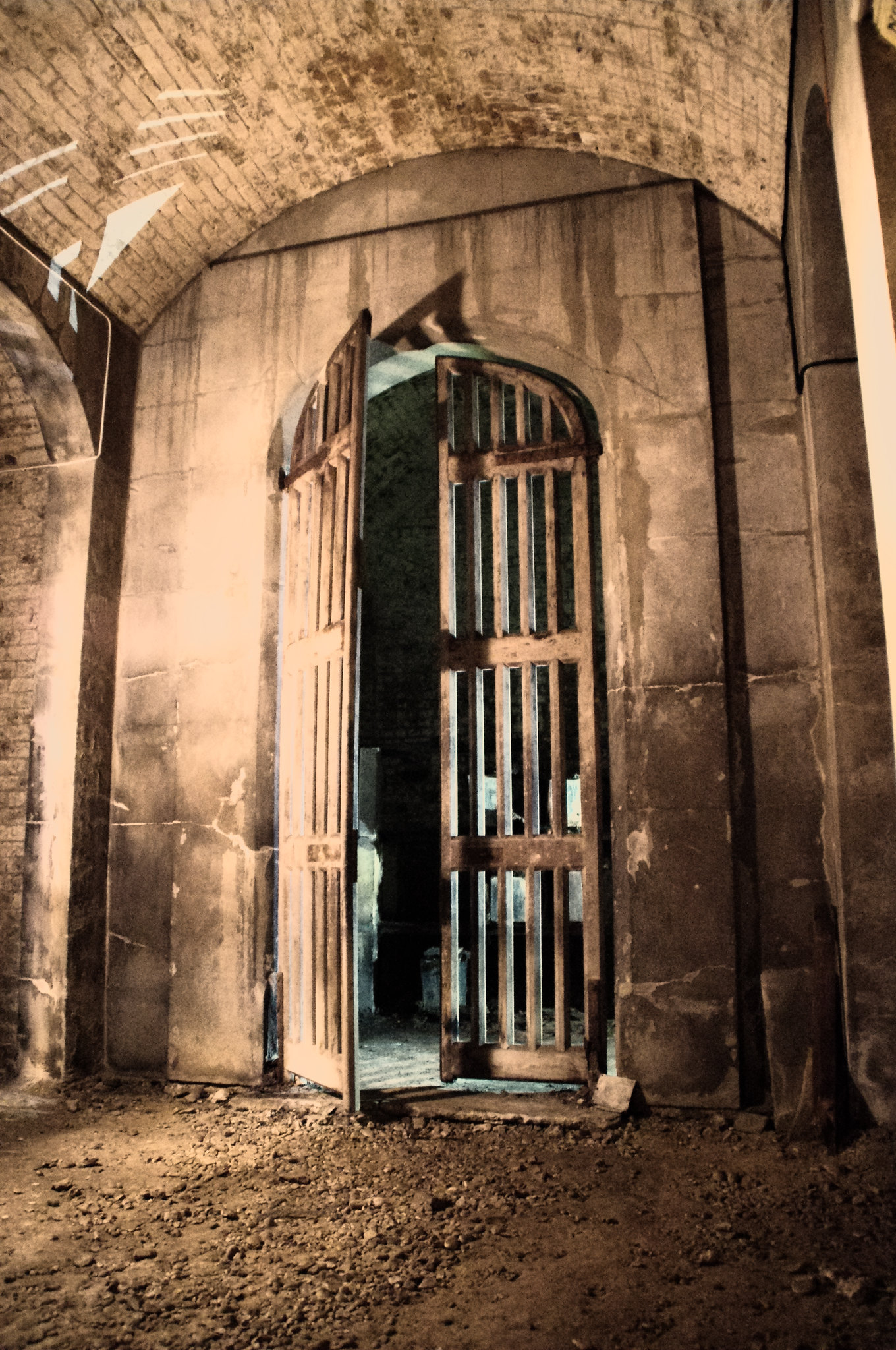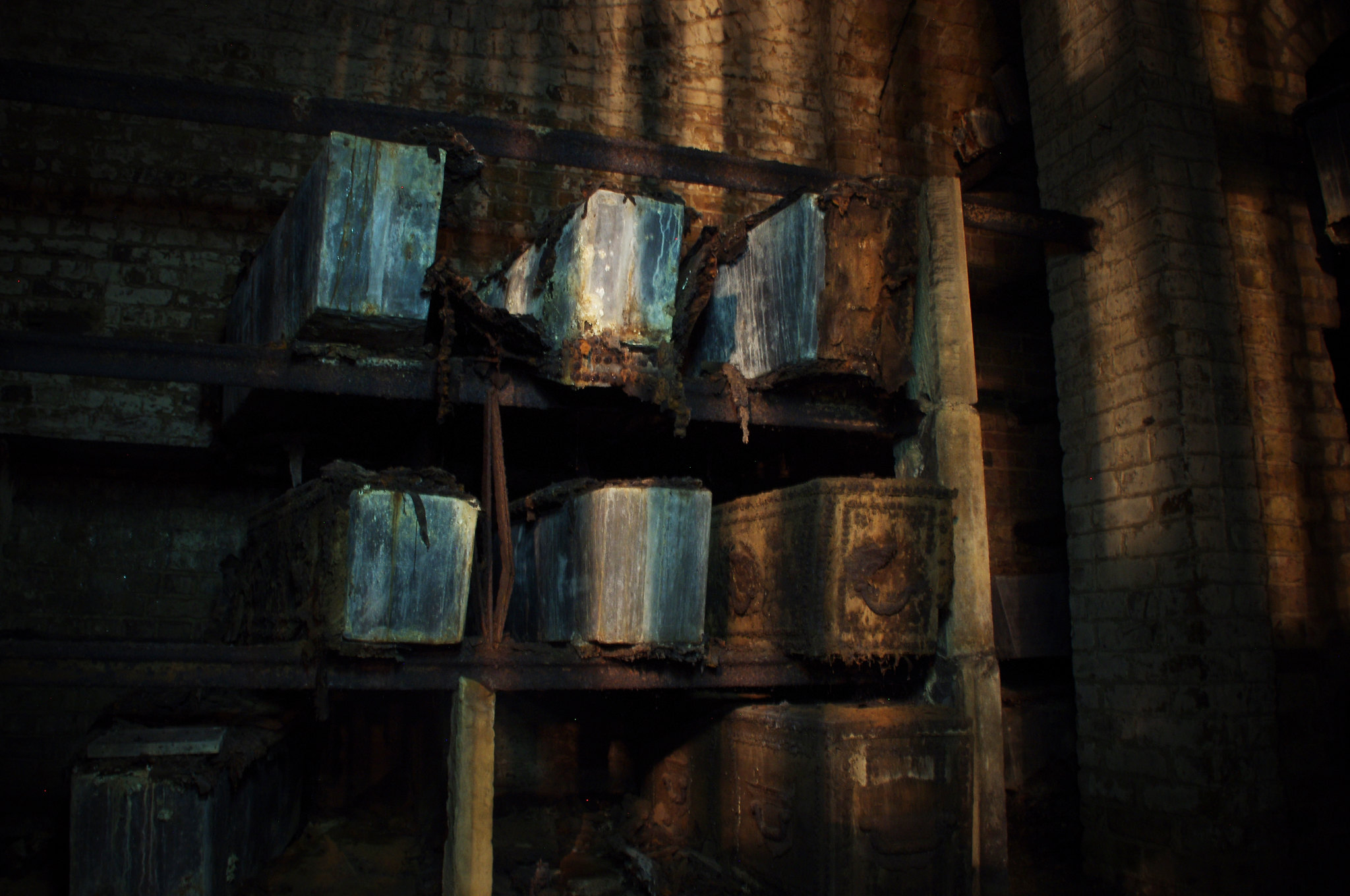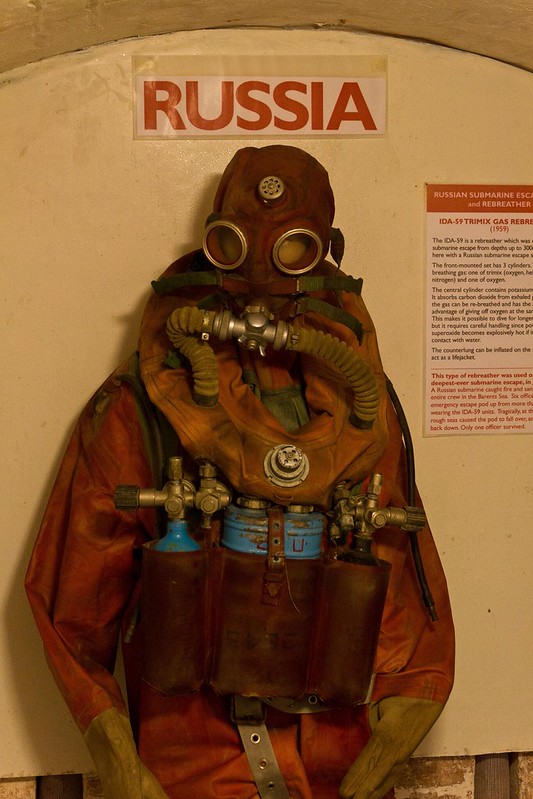
West Norwood Catacombs
This post The Grounds Of West Norwood Cemetery is connected to this and worth a look after you have seen this.
This was a top of the list tour we had been looking forward to for some time. Yes it’s dark, eerie and spooky as hell but it also has a calmness, serenity to it. Seeing all the lead lined coffins which have been down there since the eighteen hundreds really takes your breathe away. In a group you feel ok but every so often you wander off to get a photo and realise wtf am I doing down here. Images of a zombie standing behind you or a skeleton hand grasping out to get you flashes by in your mind. The adrenalin and buzz soon takes over though and you wander of again all brave. If the lights went off mind, sure would of screamed and probably had an accident!
Tour put on by the Friends Of West Norwood Cemetery and Subbrit together. With a fascinating tour guide, who’s name I can’t remember, but was a huge mountain of knowledge. He had a story for everything and we could of listened to him for days. Will do a separate post for the Cemetery grounds but here is some of the photos we took. I also found a video on YouTube at the bottom of the page which is worth a look.
West Norwood Cemetery is a 40-acre (16 ha) cemetery in West Norwood in London, England. It was also known as the South Metropolitan Cemetery. One of the first private landscaped cemeteries in London, it is one of the Magnificent Seven cemeteries of London, and is a site of major historical, architectural and ecological interest.
Its grounds are a mixture of historic monumental cemetery and modern lawn cemetery, but it also has catacombs, cremation plots and a columbarium for cinery ashes. The cemetery’s crematorium still operates, and cremation plots are still available, but all the conventional burial plots have been allocated and hence it is closed to new burials pending further agreement under current burial legislation.
The catacombs, opened in 1837, were built below chapels and included a group of 95 vaults with private and shared loculi with a capacity of 3500 coffins.
Here’s a short film made down in the catacombs with a guided talk. Different guy but great to watch. Made by Soundminds Films a charity giving art activities and creativity through support to people with mental ill health. Mad place to take them!
Further links
Friends Of West Norwood Cemetery Website
Feel free to follow, comment, share your stories, share to posts or send a message.
Dubman and Streylock

































